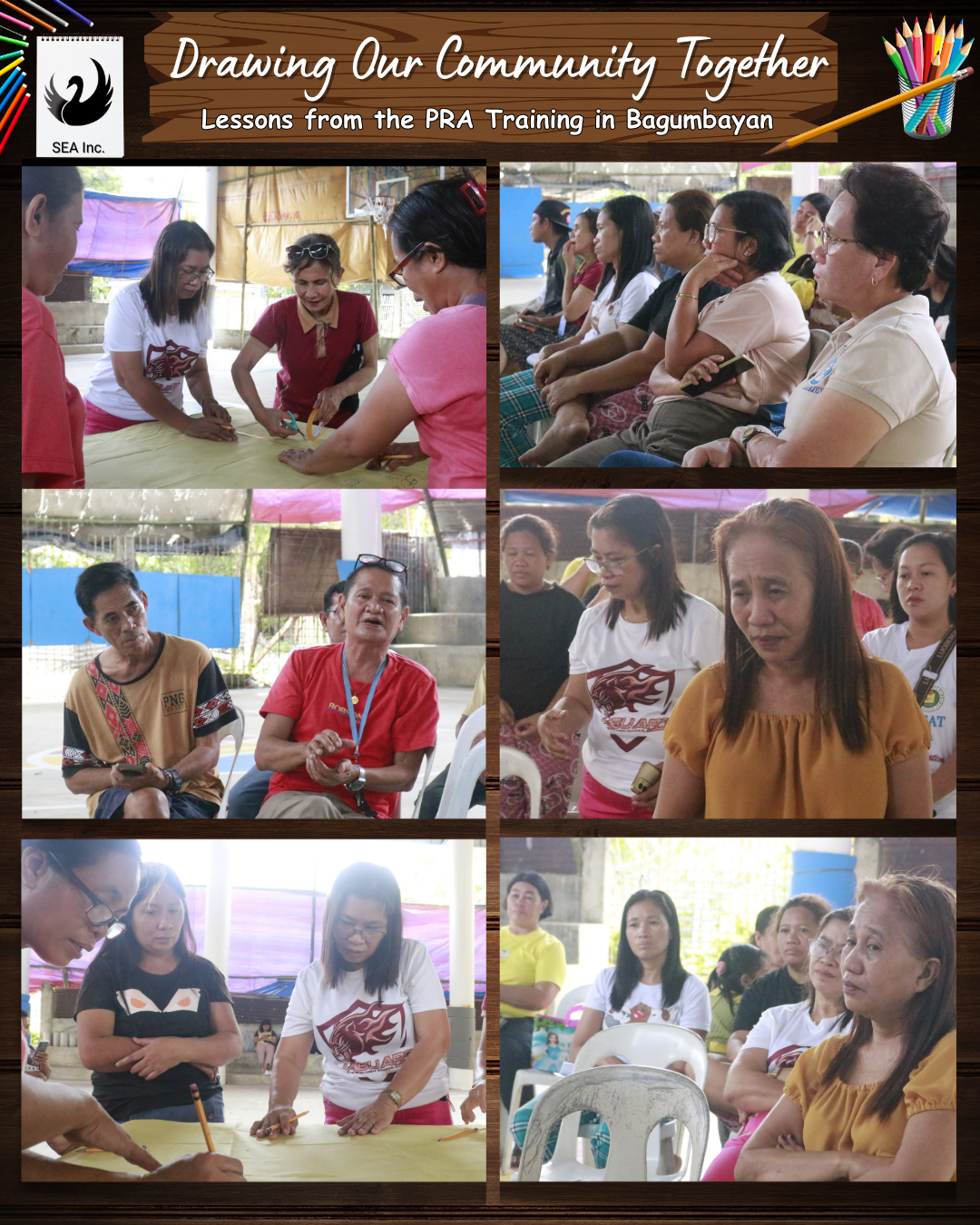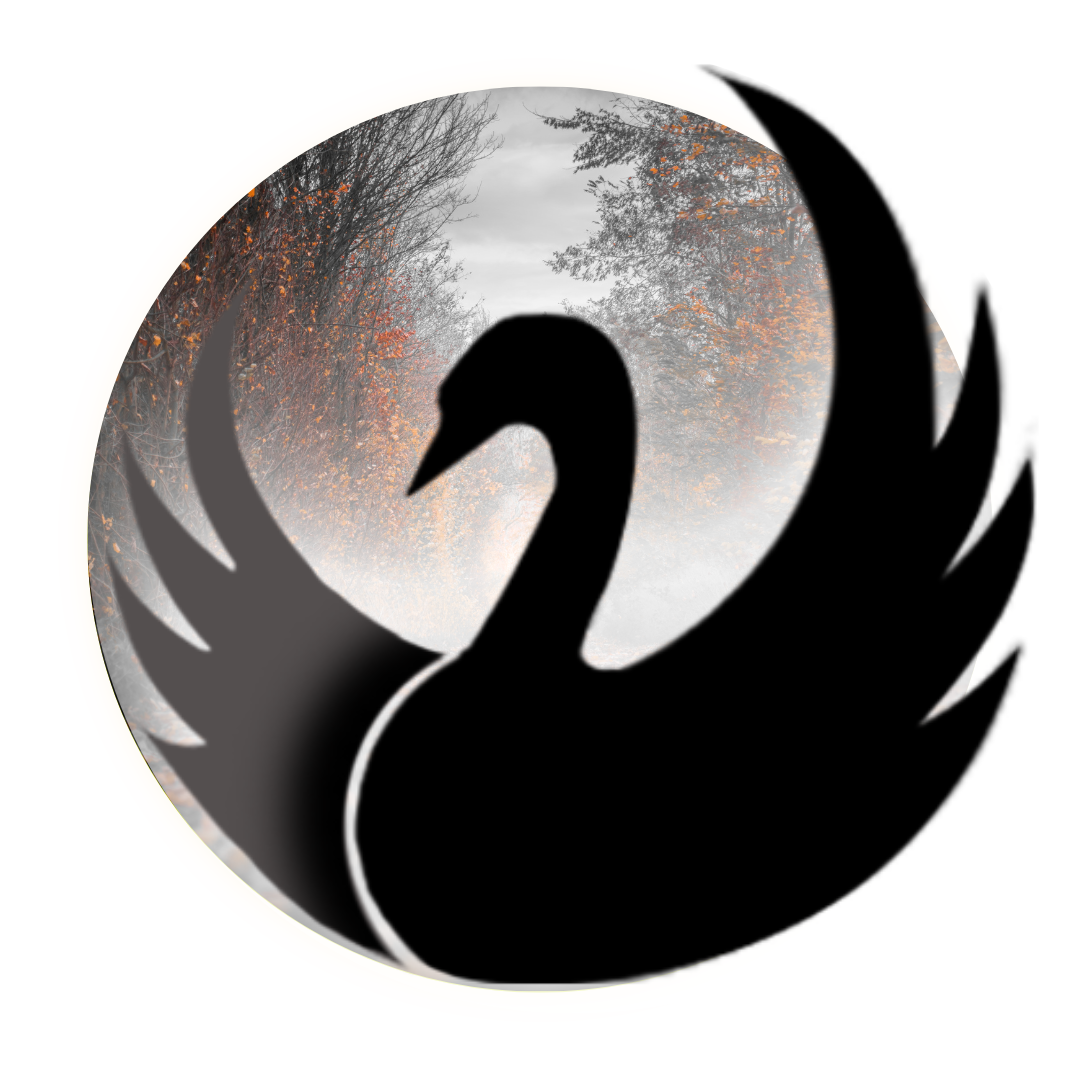What does a map really show? Streets and landmarks, yes. But in Barangay Bagumbayan, Santa Barbara, it also reveals stories of neighbors, resources, and dreams of a stronger community. That was the big takeaway during the Participatory Resource Appraisal (PRA) Training held on July 29, 2025, at the barangay covered court.
The day began with Captain Sobrevega’s warm words: “Thank you for being here. This activity is not just about maps, but about seeing our barangay in a new way.” It set the tone for what would become a day of discovery, laughter, and yes—a bit of playful debate.
Drawing Maps, Sharing Stories
When Sir Atchmen introduced PRA’s purpose—to analyze conditions, validate community data, and build tools for better planning—there was polite nodding.
But the real spark came when participants started working on their spot maps and resource maps.
Most of the women took charge of sketching, crayons in hand, while the men wandered between the maps tossing in comments: “Add the piggery there!” or “Don’t forget the dragon fruit trees!” One participant joked, “Parang fiesta ito—women do the cooking, men do the taste-testing!”
The maps told powerful truths: Bagumbayan’s 198 households and 643 residents live across three zones. Corn and rice dominate the fields, while dragon fruit, poultry, and even hito (catfish) add to the mix. Quietly, Kagawad Jacil reminded everyone that while these resources sustain them, some like gravel and hollow block production remain “invisible” because of permit issues. A reality check, right there on paper.
Circles, Chores, and “Behind the Scenes”
Next came the Venn Diagram and 24-Hour Recall. The volunteers noticed how close the BHWs (Barangay Health Workers) were to the LGU, but seniors and women’s groups sometimes felt left out of council decisions. “We need stronger bridges,” one elder mused.
When it came to charting daily routines, the men had to scribble their nighttime activities on the back page, labeling it “behind the scenes.” The group burst out laughing. One tanod quipped, “I believe in love at first sight, and today I fell in love with HHI. Maybe love grows stronger the second time around.” The Household Inventory template (HHI), surprisingly, became everyone’s new crush.
What We Learned About Ourselves
The reflections at the end revealed something deeper than data:
- BHWs admitted they usually skipped details like income and religion in household profiles—now they saw the bigger picture.
- Seniors pointed out how chores may look equal, but in reality, gender differences remain.
- Women emphasized unity and time management as their secret weapon.
- Farmers saw cooperation as the real crop that needed tending.
- The BLGU Treasurer simply said: “We enjoyed, we learned, and we look forward to more.”
More Than Just Training
This PRA training wasn’t just about filling forms or drawing diagrams—it was about seeing the barangay with new eyes. It revealed the quiet strengths of Bagumbayan, the hidden challenges, and the humor that binds people together.
As one participant said while putting down her pen: “Maps may show where we live, but today showed how we live—together.”
And maybe that’s the real power of PRA. Not the maps, not the diagrams, but the reminder that community is both the data we gather and the stories we share.





Leave a Reply